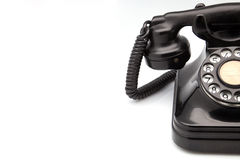Dial-up internet
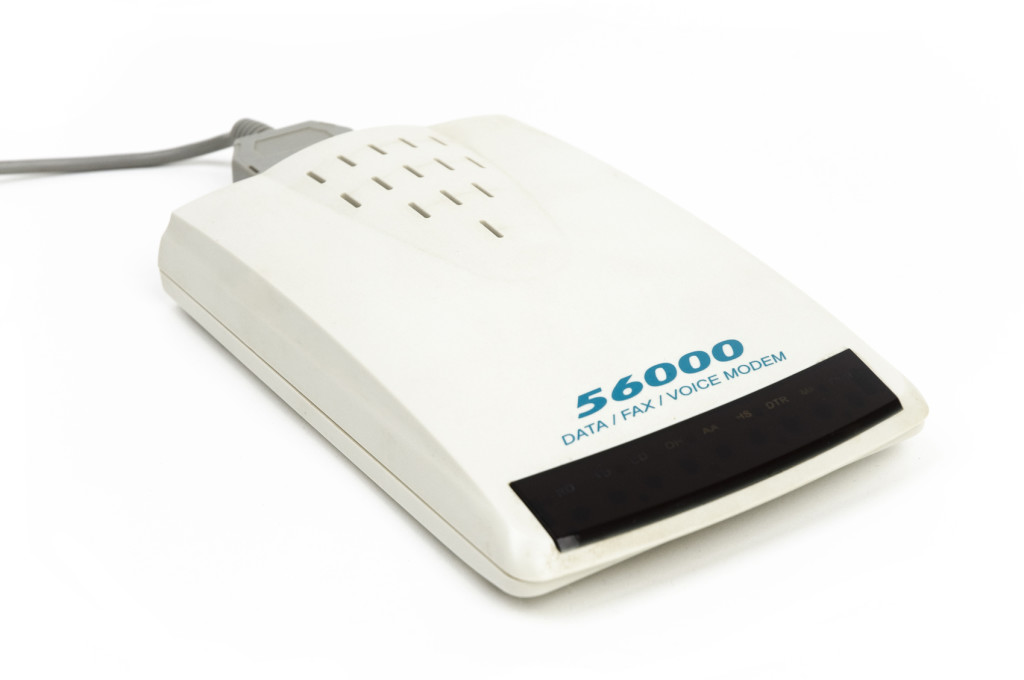
The tech world moves fast, but not always as fast as you think. Obsolete technology has a tendency to hang on, and hang on strong. Here’s a list of 10 pieces of obsolete technology that are still alive and kicking, starting with a surprising one: dial-up internet.
Everyone remembers that screeching sound, followed by “You’ve got mail.”
The days of connecting to the internet with a 56K modem are over for most of us, but approximately three percent of Americans are holding out–that’s about 9.5 million people. Who are they–and do they know they could get online faster?
Image: iStock/Alexey Vedernikov
Dot matrix printers
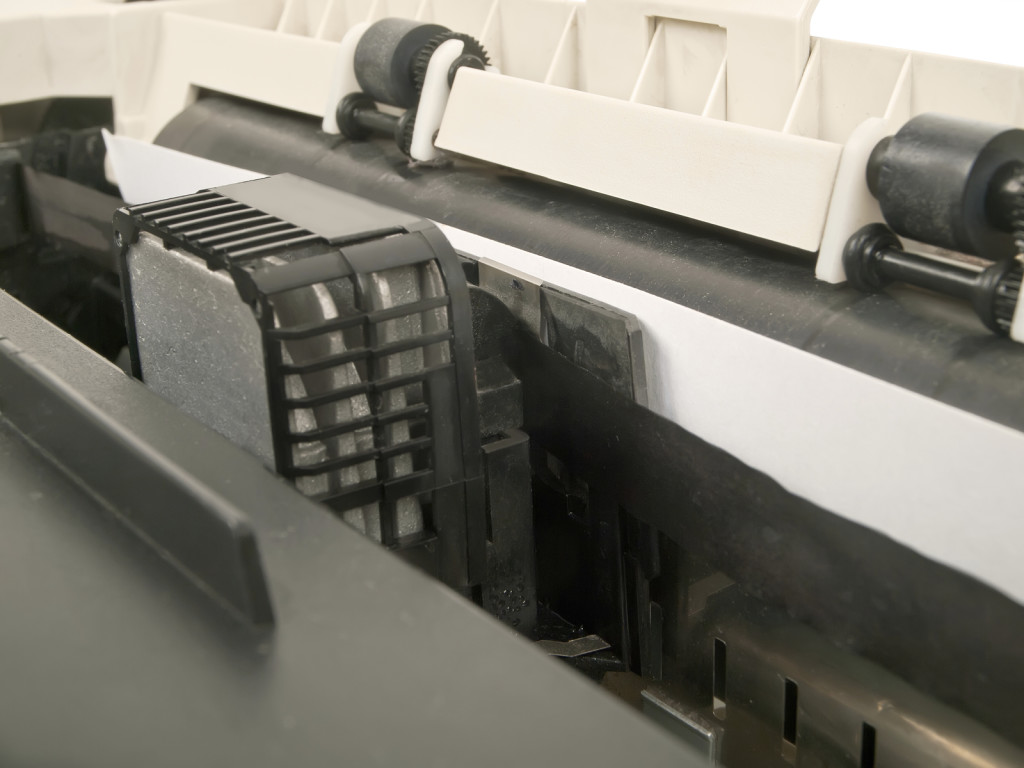
The use of dot matrix printers goes hand in hand with carbon-free, triplicate, continuous-feed paper. Both still have a use in the business world, which is why both have survived well past their point of obsolescence.
Image: iStock/sewer11
Fax machines
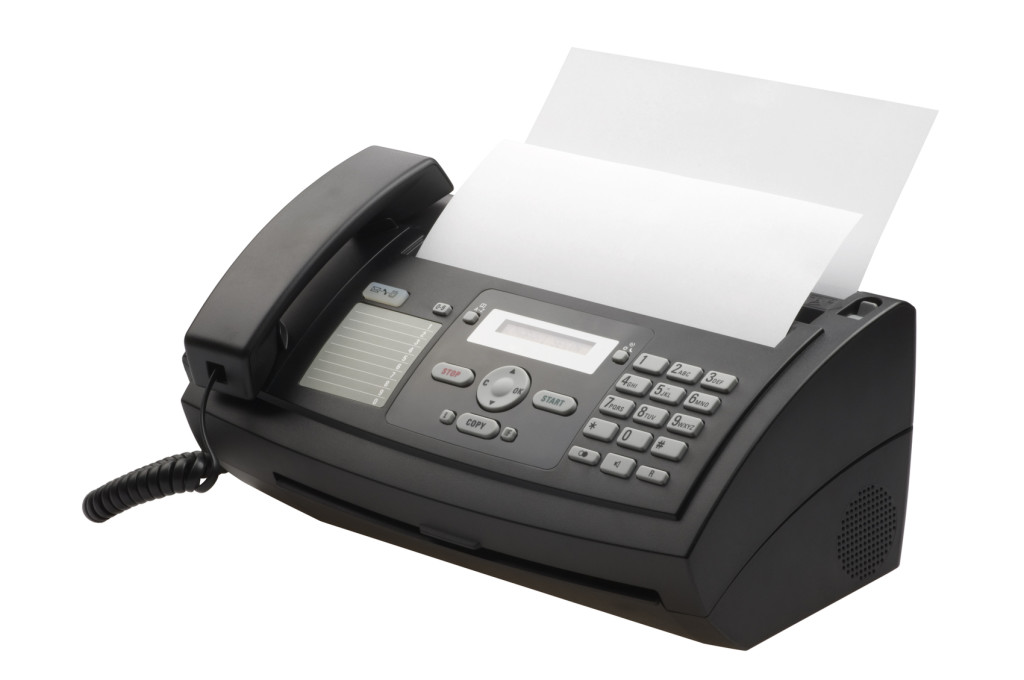
Find me a person who likes using a fax machine and I’ll show you someone who’s at least a bit insane.
Why the world still relies on paper faxes when digital scans are available is beyond my understanding. They aren’t more secure, they aren’t tamper-proof, and they’re just a waste of paper. Down with the fax!
Image: iStock/HSNPhotography
CRT screens
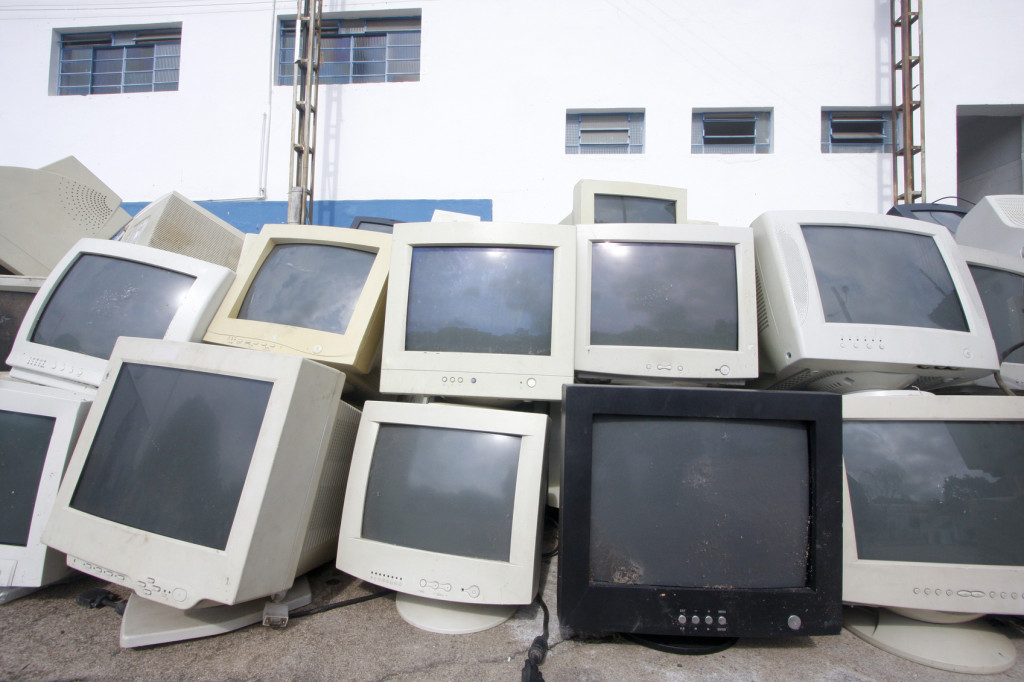
Encountering a CRT screen in the wild is kind of surprising, but it happens. They’re becoming harder and harder to find, and it’s nearly impossible to uncover a new one on the internet.
Maybe the next generation of youths will begin a CRT renaissance. After all, who doesn’t love vintage tech? For now, however, CRTs are just holding on in the dark corners of the world, silently (or buzzingly?) waiting for death.
Image: iStock/Sidney de Almeida
Floppy disks
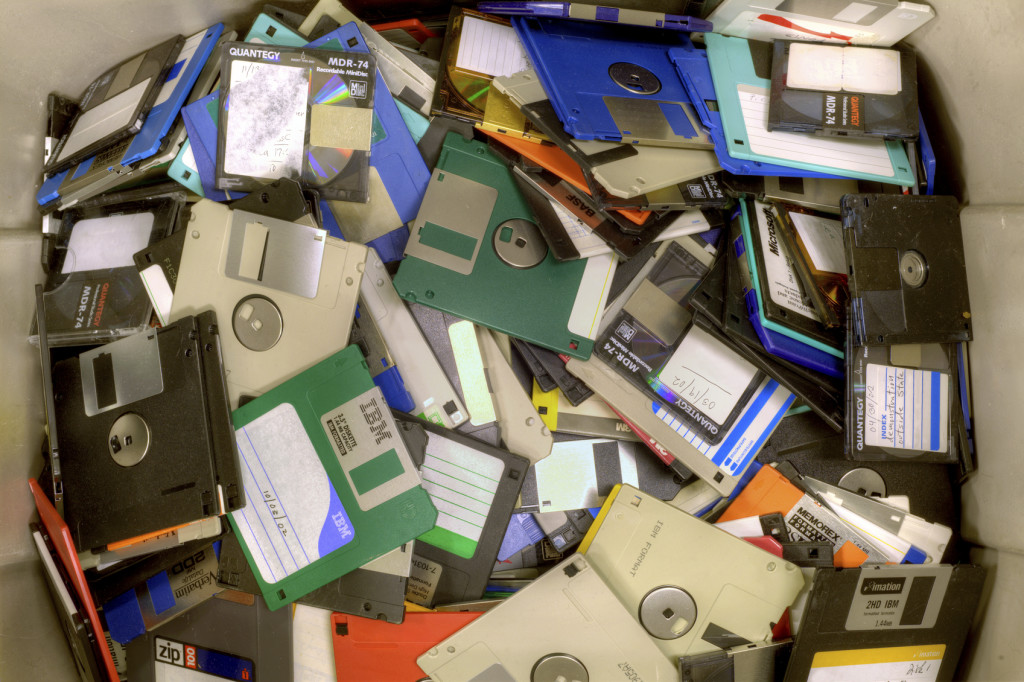
When it came out in May of this year that the Pentagon is still using floppy disks in computers that control nuclear ICBMs people laughed. When we then learned they were eight-inch floppy disks people were shocked.
If anyone would be using computer technology from the 1970s in 2016 it’s the government, right? What’s worse is that they spend billions a year operating and maintaining those systems. Let’s hope for a modern replacement before the outbreak of nuclear war.
Image: iStock/hroe
Cash registers
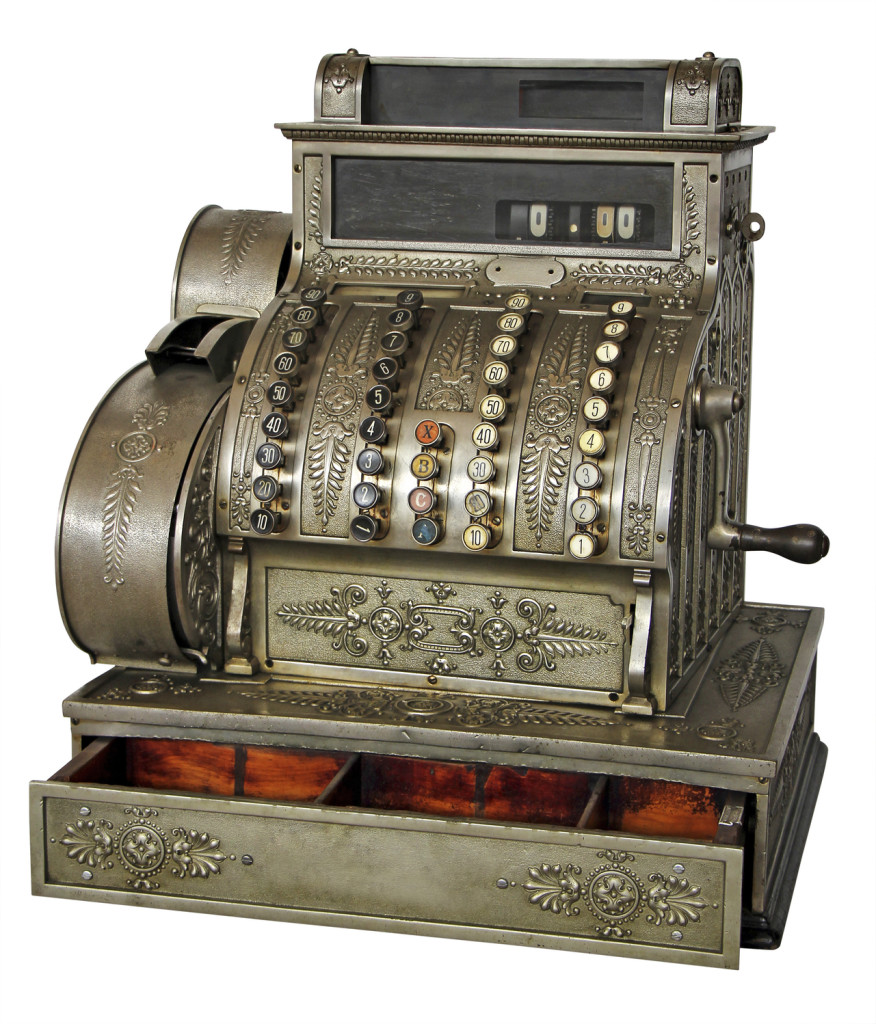
The modern cash register is a bit more advanced than its early 20th century predecessor, but not by a lot. With the advent of iPads as POSes the cash register is facing extinction.
Some of the hippest, newest businesses are only armed with an iPad and a cash drawer, and those new systems are working great. Maybe in the next few years cash registers will be relegated to the same corners of the world where you now find CRTs.
Image: iStock/ivansmuk
Telegrams
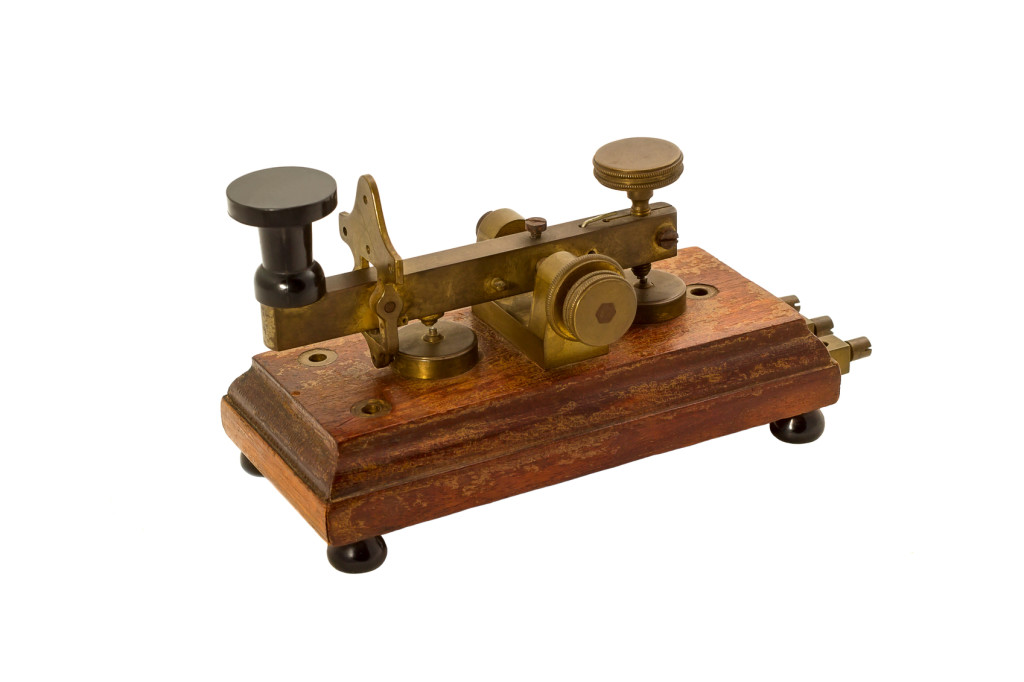
You can still send a telegram in 2016. It’s not cheap, either: $18.95 gets you 100 words that will be hand delivered within three to five business days.
Telegrams may have been advanced in 1844, but in 2016 it’s hard to see a practical use for them. Sure, it’s more personal for a stranger to hand deliver a letter than it is to send a faceless email, but with the speed of the modern postal service you can just send a handwritten letter in the same amount of time.
Image: iStock/Larasoul
Beepers
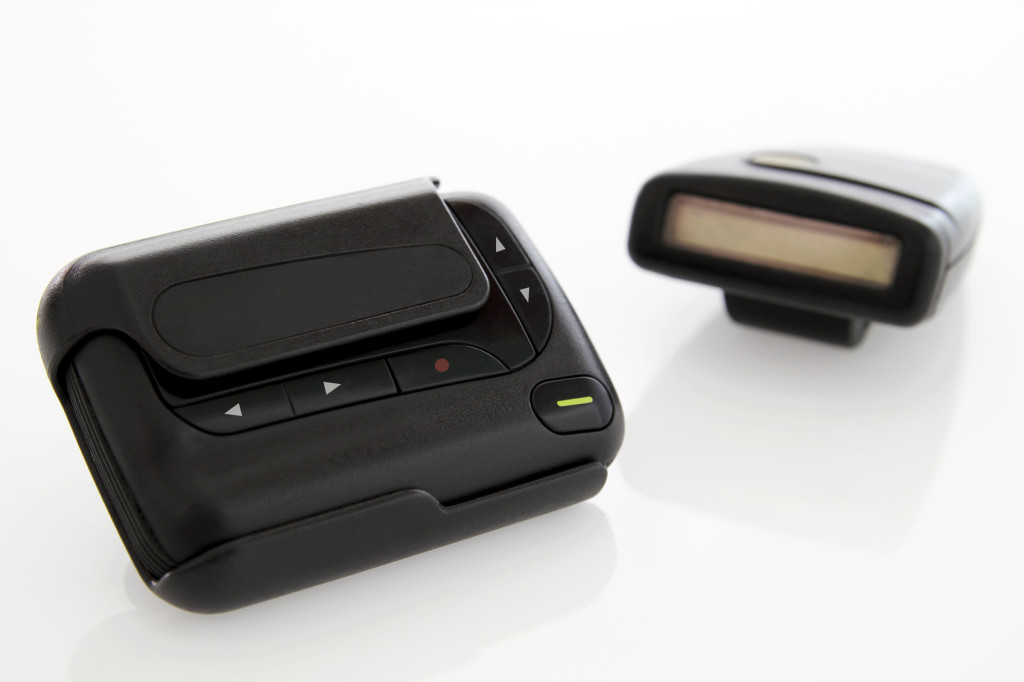
I know a few doctors, and some of them still carry beepers. Cell phones replaced beepers for most of us, but the medical community is still hanging on. An estimated 85 percent of hospitals still using the old black boxes, and they have their reasons.
Pager signals are stronger than cellular, the batteries last for weeks, and satellites beam pages to multiple towers, guaranteeing doctors get notified in emergency situations. Beepers will probably go away someday, but not until we figure out how to improve cellular reception.
Image: iStock/koyjira
Magnetic tapes
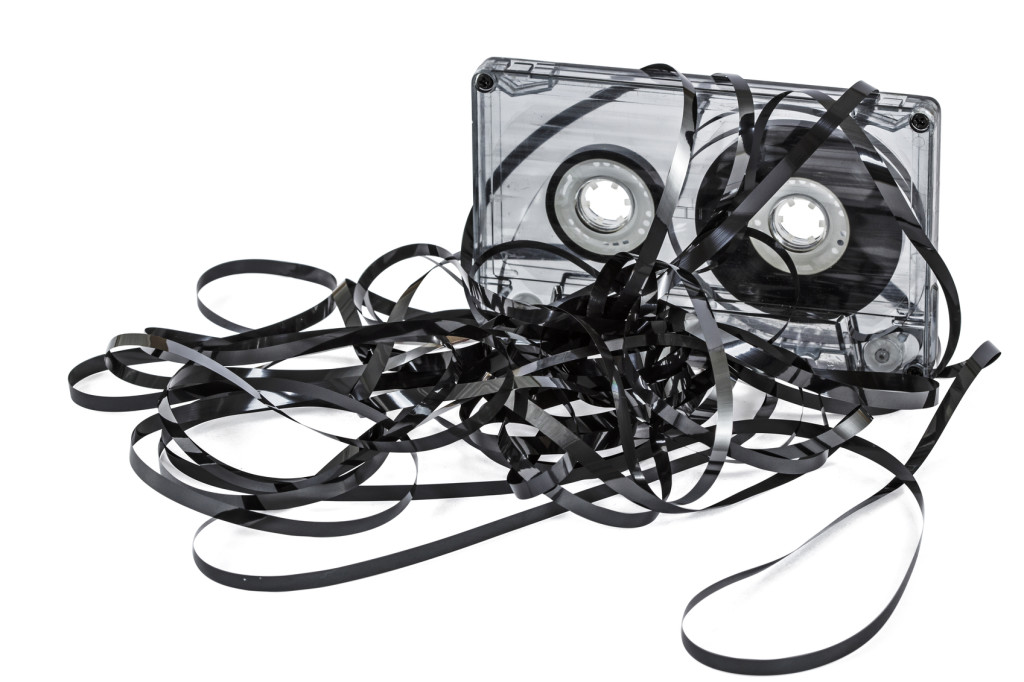
Believe it or not, the sale of audio cassettes is actually increasing. I don’t see a reason to use a cassette in the age of digital media, but apparently lots of people do.
In the business world the debate still rages over the relevancy of tape backups. Cheap cloud storage is raising the question of tape practicality, but it will likely be awhile before they’re gone completely.
Image: iStock/BigJoker
COBOL
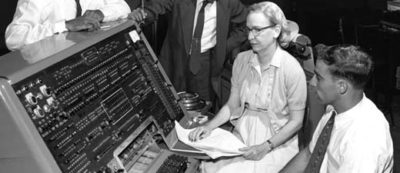
The COmmon Business-Oriented Language was invented in 1959, and it has been in use ever since. More efficient programming languages have come and gone since COBOL entered the world, yet it is the one performing over 70 percent of global business transactions in 2016.
Image: National Museum of American History
Have questions?
Get answers from Microsofts Cloud Solutions Partner!
Call us at: 856-745-9990 or visit: https://southjerseytechies.net/
South Jersey Techies, LL C is a full Managed Web and Technology Services Company providing IT Services, Website Design Services, Server Support, Network Consulting, Internet Phones, Cloud Solutions Provider and much more. Contact for More Information.
To read this article in its entirety click here.


